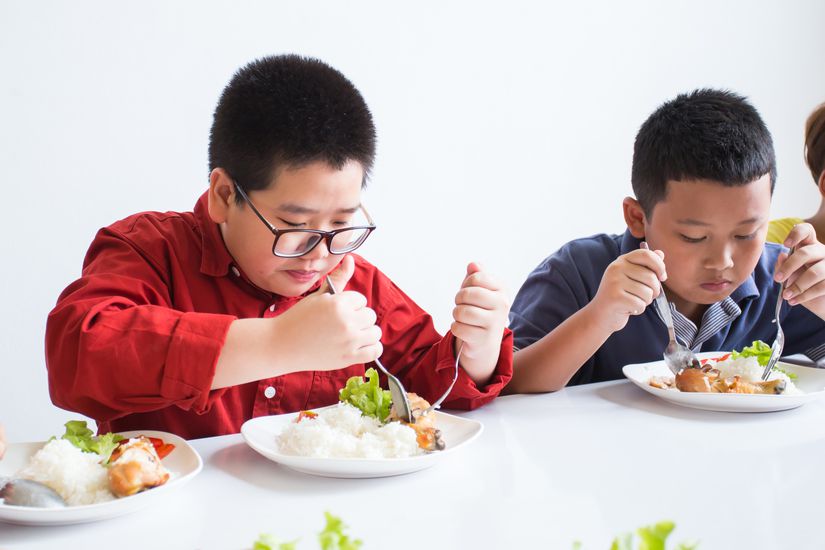Midday Meals
You can tell a lot about a culture by the way it eats, and the way it treats kids. For this list, we took a look at both factors, focusing on nations around the world and what their schoolchildren commonly eat for their midday meals, whether provided by the school or packed from home.
Note: School lunch guidelines may vary by region and school system.
Related: How School Lunches in America Have Changed Over the Decades


































